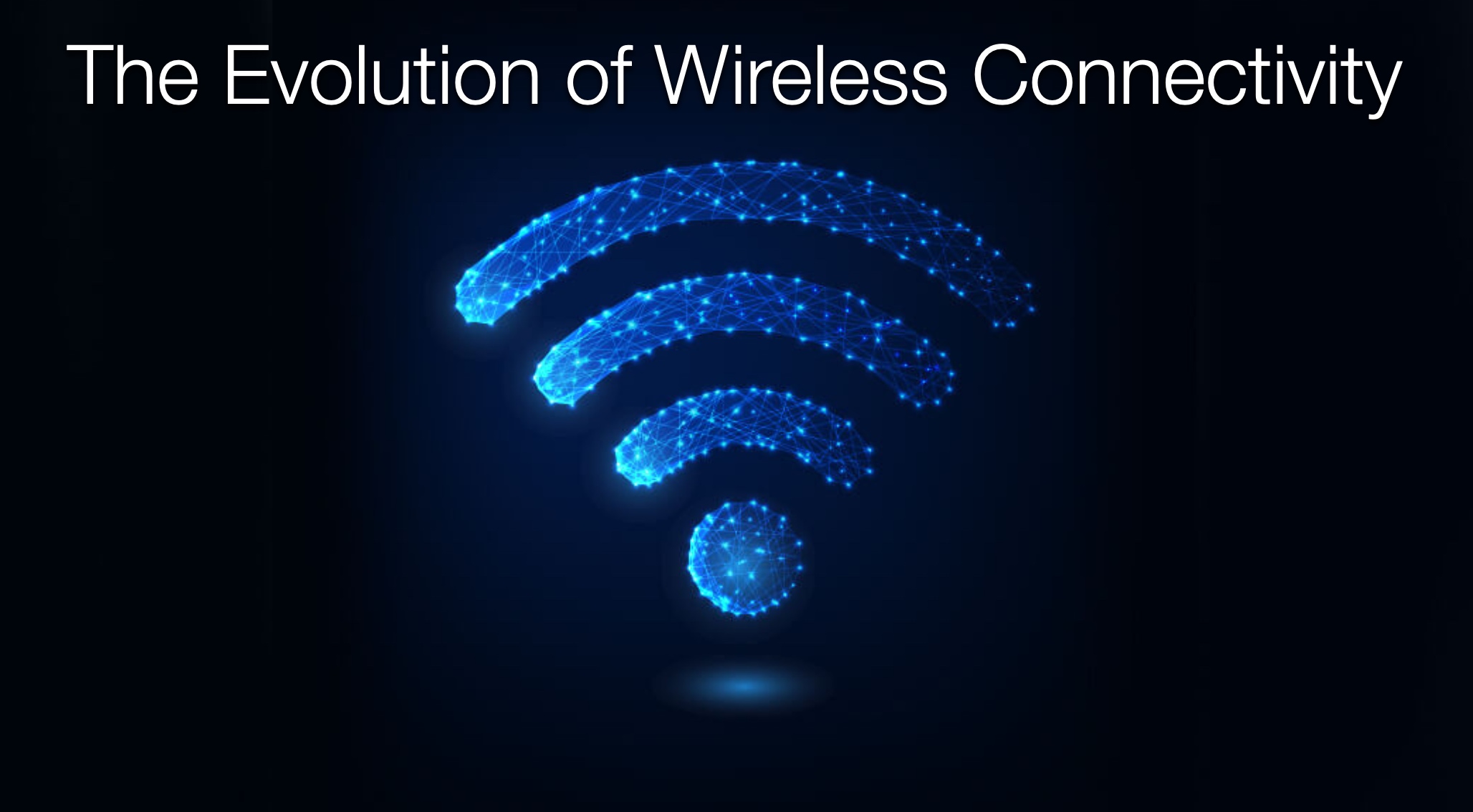
For most individuals, today’s Wi-Fi hardware offers a satisfactory user experience. However, technology perpetually advances, with the next breakthrough constantly on the horizon. Introducing Wi-Fi 7: a groundbreaking standard poised to redefine speed, efficiency, and connection reliability. Wi-Fi 7 represents more than just another incremental step in wireless technology. It promises dramatic improvements over its predecessors. But what sets it apart, and how does it differ from the relatively recent Wi-Fi 6E? Let’s delve into the details.
Exploring Wi-Fi 7
Wi-Fi 7, officially known as IEEE 802.11be, boasts an exceptional headline feature: speed. It’s anticipated to deliver speeds of up to 46,120 Mbit/s, surpassing Wi-Fi 6 and 6E by over fourfold and dwarfing the original 802.11b standard by over 4,000 times. Moreover, Wi-Fi 7 incorporates advanced features to combat latency, bolster capacity, enhance stability, and improve efficiency. While backward compatibility is assured, users will need to upgrade their devices to fully harness its potential.
For context, let’s compare Wi-Fi 7 with its predecessor, Wi-Fi 6E. Both standards utilize the same frequency bands: 2.4 GHz, 5 GHz, and 6 GHz. However, Wi-Fi 7 introduces notable enhancements.
The increased speed of Wi-Fi 7 primarily results from wider channels, providing more bandwidth. In the 2.4 GHz band, Wi-Fi typically employs 11 channels, each 20 MHz wide. In the 5 GHz band, it can utilize 45 such channels, further grouped into 40 MHz and 80 MHz channels. Wi-Fi 6E expanded into the 6 GHz range, offering 60 channels and up to 160 MHz widths. Wi-Fi 7 takes it a step further by supporting channels up to 320 MHz wide.
These wide channels pose a challenge, as an existing signal within that range could render the entire channel unusable. However, Wi-Fi 7 employs a feature called “puncturing” to overcome this obstacle. For instance, if a 40 MHz signal occupies part of a 320 MHz channel, Wi-Fi 7’s puncturing feature allows the remaining 280 MHz of bandwidth to remain usable.
Wi-Fi 7 also introduces 4K-QAM, an encoding method that enhances data transmission efficiency. Quadrature Amplitude Modulation (QAM) is the technique by which Wi-Fi transforms digital data into a radio signal, and 4K-QAM enables Wi-Fi 7 to encode 12 bits of data per “symbol” sent over the radio link, compared to Wi-Fi 6’s 10 bits with 1024-QAM. This change alone results in a 1.2x speed improvement over the previous standard.
Multi-link operation (MLO) is another innovation in Wi-Fi 7, enabling multiple channels to run concurrently across different frequency bands. This multi-channel approach should offer improved speeds, significantly lower latency, and enhanced reliability compared to older Wi-Fi standards that could only operate on one band at a time.
Wi-Fi 7 incorporates techniques to reduce latency further, particularly beneficial for augmented reality (AR) and virtual reality (VR) applications. These applications demand low latency to provide a seamless user experience, and Wi-Fi 7 employs advanced signal techniques like parameterized spatial reuse and coordinated beamforming to achieve this.
While Wi-Fi 7 promises high-quality video streaming, seamless cloud gaming, and robust support for AR and VR applications, it also addresses common issues such as congestion and interference. This will be especially advantageous for large venues and enterprises with dense device deployments.

Looking to the Future
Early adopters can anticipate a wide range of Wi-Fi 7 routers, phones, and laptops arriving by late 2023 or early 2024. However, nations yet to approve 6 GHz networking devices may experience delays.
Some devices are already available on the market. For instance, the OnePlus 11 smartphone features Wi-Fi 7 thanks to its Qualcomm Snapdragon 8 Gen 2 chipset. Also, the Lenovo Legion Slim 7 Gen8 laptop incorporates a MediaTek Wi-Fi 7 card.
Companies like TP-Link have announced their Wi-Fi 7 router lineup, including the top-tier quad-band Archer BE900. Major players such as Qualcomm, Broadcom, and MSI have showcased their Wi-Fi 7 technologies, with more vendors expected to follow suit. Unique offerings include the MSI RadiX BE22000 router, which uses mechanically movable antennas to maintain optimal signal quality.
It’s important to note that the full benefits of Wi-Fi 7 will only be realized with Wi-Fi 7 compatible devices. Additionally, Wi-Fi 6 will continue to coexist with Wi-Fi 7, serving as complementary technologies in the foreseeable future.


